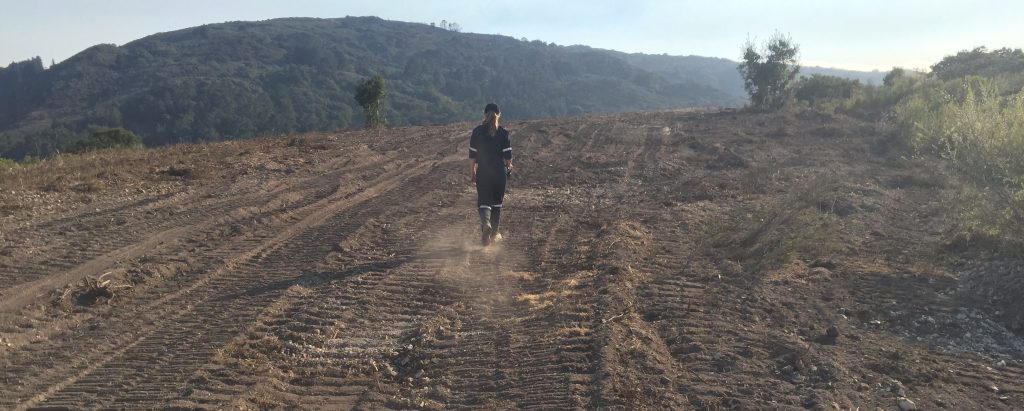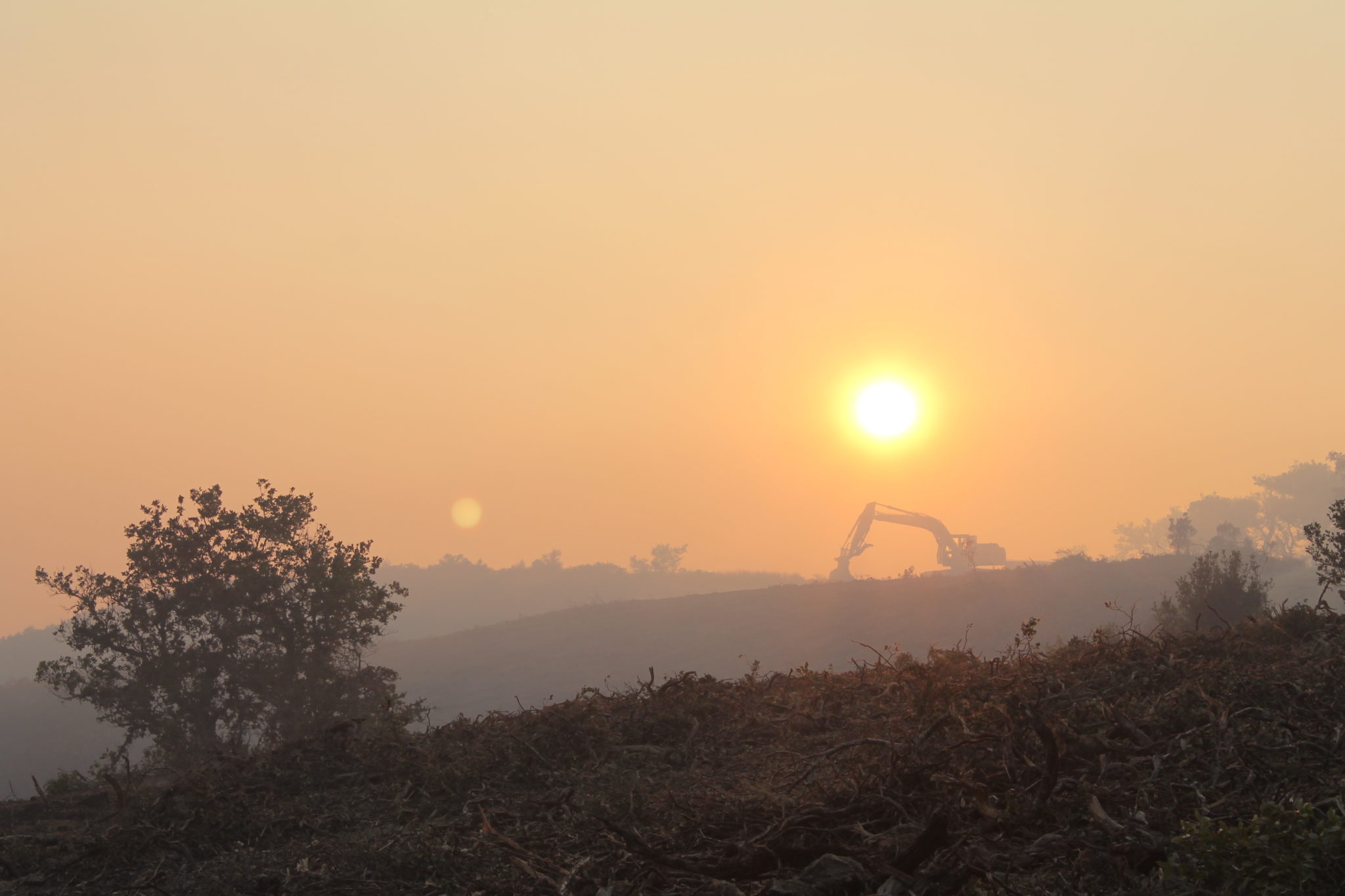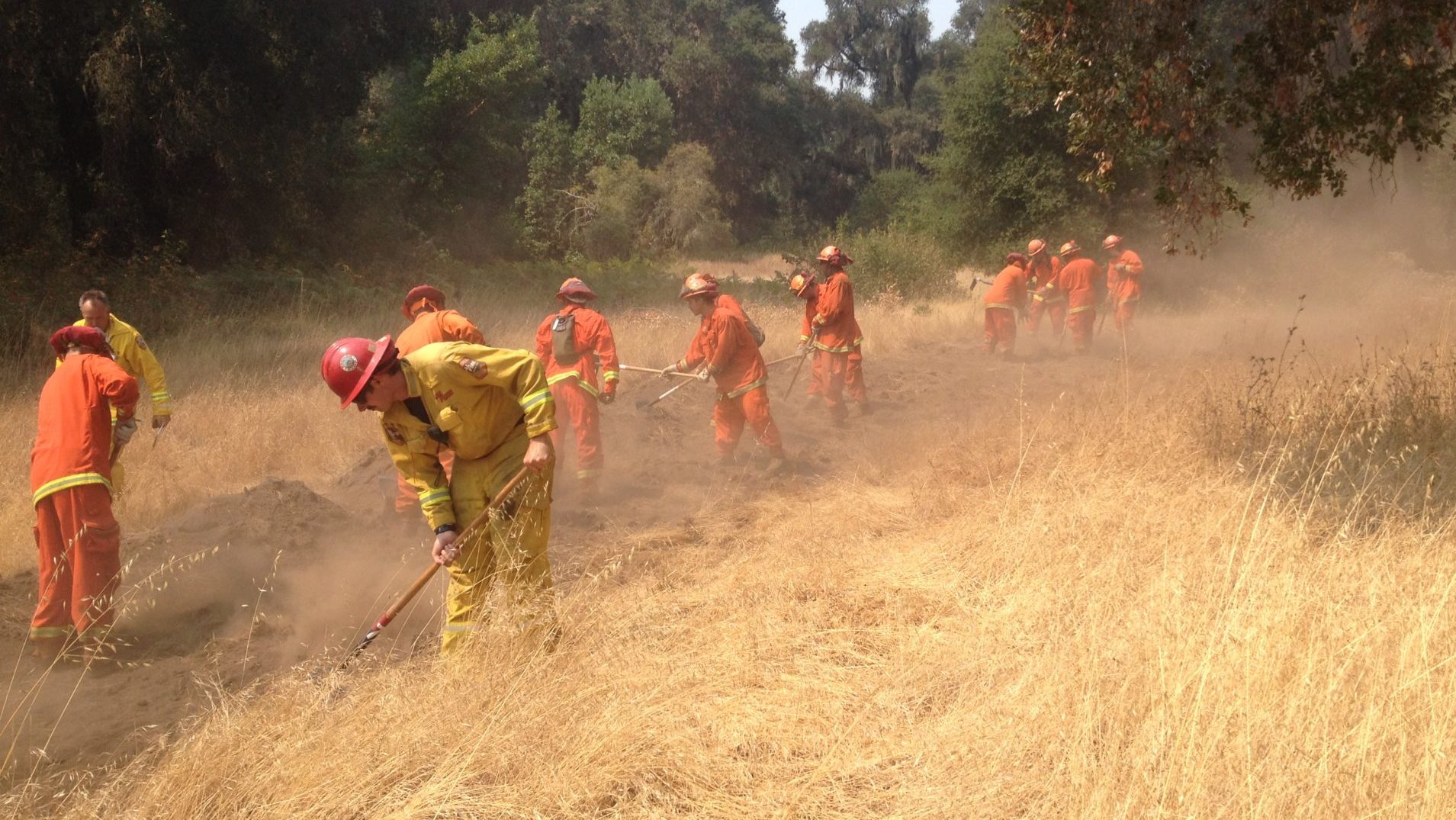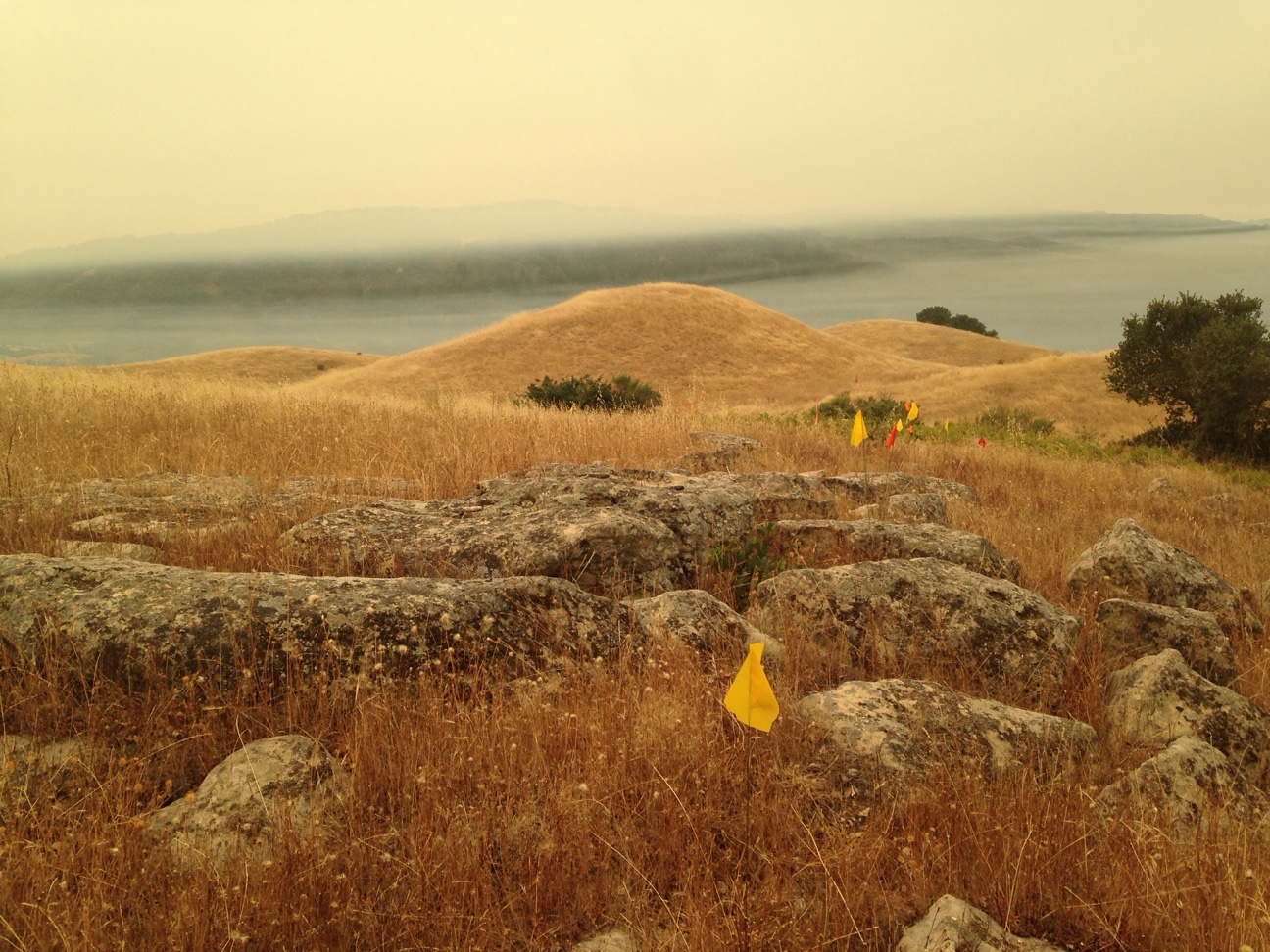
Soberanes Response and Restoration
On July 22, 2016 the Soberanes Fire put up its first smoke plume. By day two it was clear that The Santa Lucia Preserve would be an essential strong hold to keep the fire from spreading into the community of Carmel Valley. Fire crews and equipment poured onto The Preserve installing fire breaks, engaging in direct attack and firing operations to manage the incoming wildfire. The thoughtful Wildland-urban interface of the Preserve design, with fuel management standards and a robust community water system, resulted in the successful suppression of the fire along our western flank. Ultimately 38 miles of fire lines were installed, approximately 1,700 acres of Preserve Wildlands burned, and no Preserve structures were lost. As soon as the fire was contained on the Preserve, the Conservancy began the long process of repairing and restoring areas damaged by fire and fire suppression activities. Below are some photo highlights of the Soberanes Fire.

Post Fire Recovery
The fire that burned through The Preserve lands was in large part cooler creeping fires moving down slope or suppression related firing operations with lower heat signatures. The fire was also patchy, creating a mosaic of burn intensities and unburned areas which supports increased biodiversity in wildlife species and provides soil stability and seed banks for plants to recolonize impacted areas. The majority of the repair and restoration efforts were focused on fire lines and safety zones installed as a part of the fire suppression activities. The Conservancy worked closely with Cal Fire during the Fire Suppression Repair phase and has continued evaluating, monitoring and stabilizing fire lines to prevent erosion, debris flows and invasive weed establishment.
To prioritize our efforts in monitoring and repairing 38 miles of fire lines the Conservancy created a map to rank areas of highest concern (steep slopes, sensitive species present, riparian corridors, cultural resources). This prioritization has allowed us to focus our efforts and minimize the long term impacts of fire related damages.

